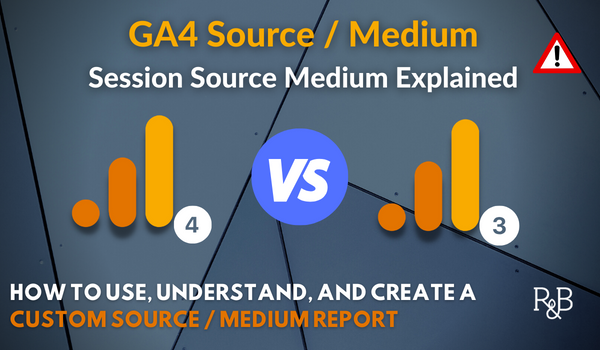Understanding Secondary Dimensions in Google Analytics: Their Relevance and Reliable Usage
Understanding Secondary Dimensions in Google Analytics: Their Relevance and Reliable Usage
Blog Article
Unveiling the Influence of Additional Dimension in Google Analytics on Information Analysis and Insights
In the world of data analytics, the usage of second measurements within Google Analytics has arised as a critical device for drawing out much deeper insights and unraveling complex patterns that might otherwise stay obscured. By peeling off back the layers of primary information sets, additional measurements offer a nuanced perspective that improves the understanding of individual actions, website efficiency, and the effectiveness of advertising approaches.
Checking Out the Principle of Second Dimensions
Additional dimensions in Google Analytics supply added insights by enabling users to analyze main information in combination with an additional attribute. By including second dimensions, customers can dive deeper into the data and reveal important connections that may or else go unnoticed - what is a secondary dimension in google analytics.
By discovering the numerous additional dimensions readily available in Google Analytics, individuals can open new insights and maximize their electronic advertising and marketing efforts. In significance, second measurements offer as a powerful tool for improving information analysis and driving workable outcomes.
Enhancing Information Analysis With Second Measurements
Having established the fundamental understanding of secondary measurements in Google Analytics and their essential role in information analysis, the emphasis currently moves in the direction of leveraging these second credit to improve the analysis of analytics data (what is a secondary dimension in google analytics). By incorporating secondary measurements into information evaluation, experts can acquire deeper insights into individual habits, website performance, and marketing efficiency

Furthermore, secondary measurements assist in contextualizing main data metrics by giving added layers of info. This contextualization aids in understanding the 'why' behind the data trends, aiding analysts make informed decisions and optimizations to improve general performance. Ultimately, integrating second measurements improves the information interpretation procedure, causing more critical activities and purposeful insights.
Revealing Hidden Insights Via Secondary Dimensions
Exploring the midsts of analytics information with additional dimensions discloses beneficial understandings that would otherwise remain obscured. By incorporating secondary dimensions in Google Analytics, organizations can unearth hidden patterns, trends, and connections that give a more comprehensive understanding of individual actions and website performance. These additional layers of data permit analysts to dig much deeper right into the key dimensions, such as website traffic resources or touchdown web pages, and acquire a much more nuanced perspective on how various variables communicate with each other.
Through the use of secondary measurements, experts can segment and contrast data throughout different dimensions, enabling them to determine specific variables that affect user engagement, this page conversion rates, and total success metrics. By coupling the primary dimension of 'gadget classification' with the second measurement of 'age team,' marketing professionals can determine which age demographics favor accessing the website with mobile tools versus desktop computers.
Leveraging Second Dimensions for Actionable Analytics
Building upon the insights introduced through secondary dimensions in Google Analytics, businesses can now harness this enriched information landscape to drive workable analytics and calculated decision-making. By leveraging second measurements, companies can dive deeper right into their data to draw out useful patterns, patterns, and relationships that might have formerly gone undetected. This deeper level of analysis allows businesses to obtain a much more comprehensive understanding of customer habits, project efficiency, and general internet site efficiency.
One secret benefit of using additional dimensions for workable analytics is the capacity to section information based on details criteria. This division permits businesses to customize their methods and campaigns to various target market teams, bring about extra targeted and effective advertising efforts - what is a secondary dimension in google analytics. Furthermore, additional measurements supply a more all natural sight of user communications, making it possible for organizations to optimize their internet site content, style, and general user experience
Taking Full Advantage Of Decision-Making With Secondary Measurements
To enhance critical decision-making in analytics, leveraging secondary measurements in Google Analytics can supply a more nuanced viewpoint on customer behavior and project efficiency. By including additional dimensions into data analysis, services can dig deeper right into the specifics of their website visitors' their explanation interactions and engagement patterns. This extra layer of details enables a more thorough understanding of how various variables, such as demographics, tools, or website traffic sources, check my site effect essential performance indicators.

Verdict
In conclusion, using secondary dimensions in Google Analytics plays an important role in enhancing information evaluation and revealing covert understandings. By exploring this principle, one can acquire a deeper understanding of user actions and make educated choices based on actionable analytics. Leveraging second dimensions permits a more detailed analysis of data and optimizes the efficiency of decision-making procedures.

Report this page